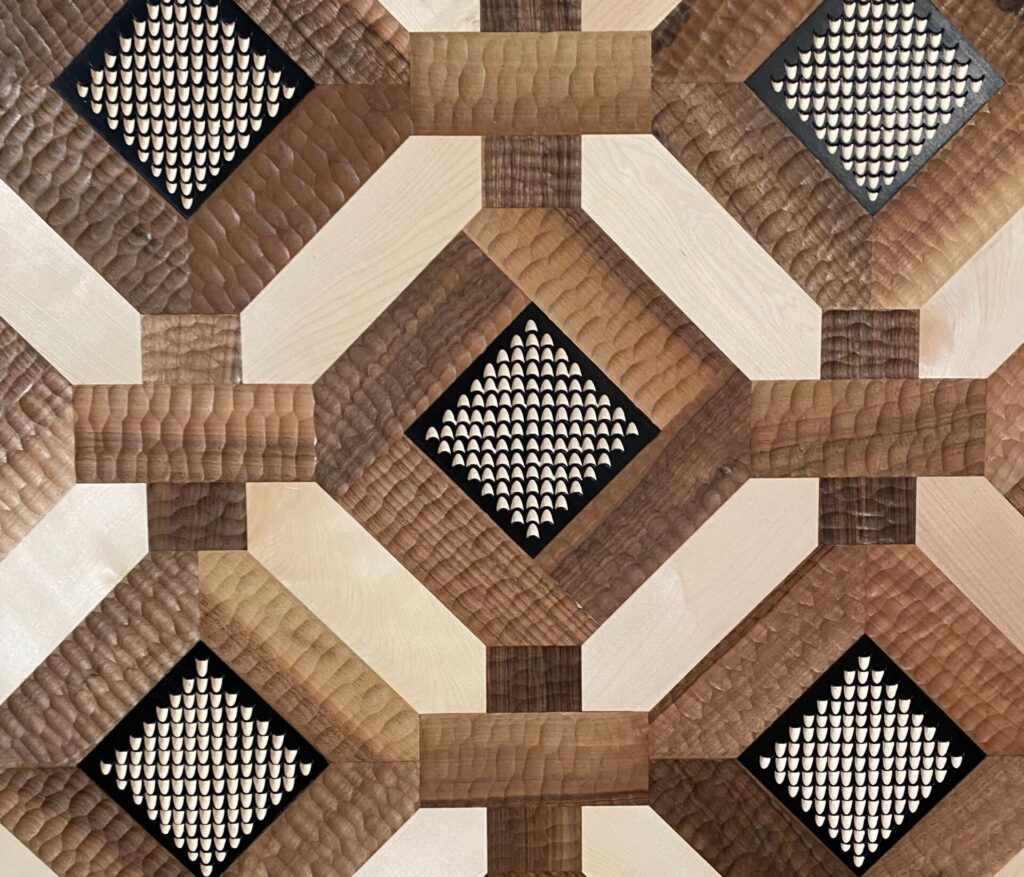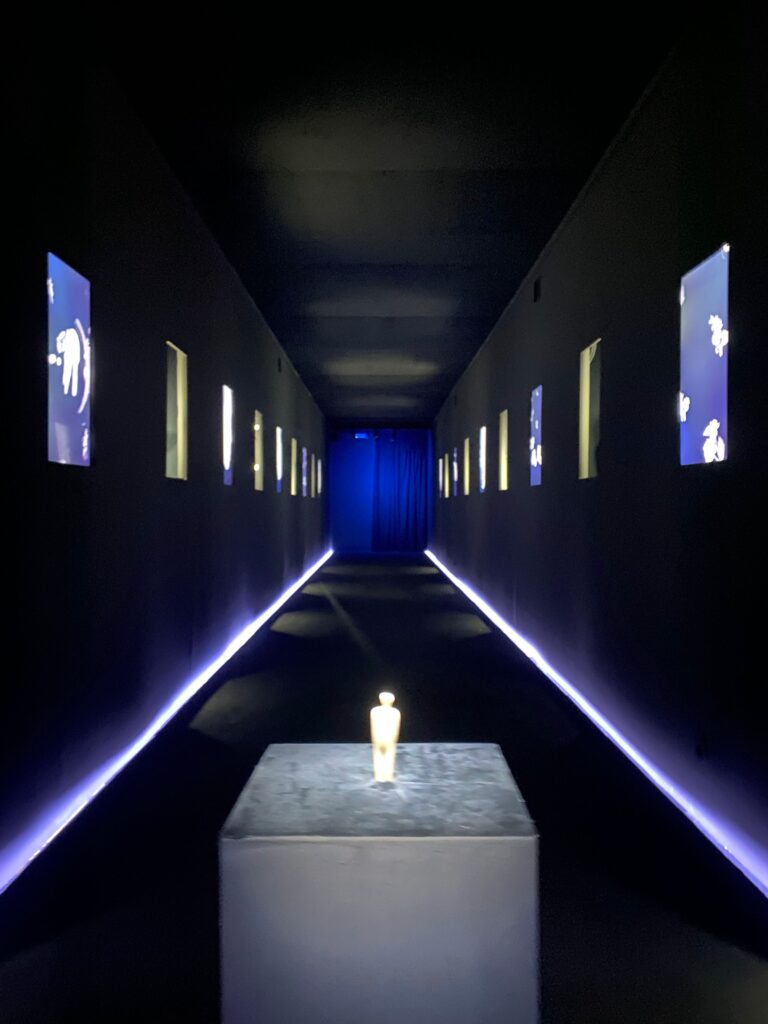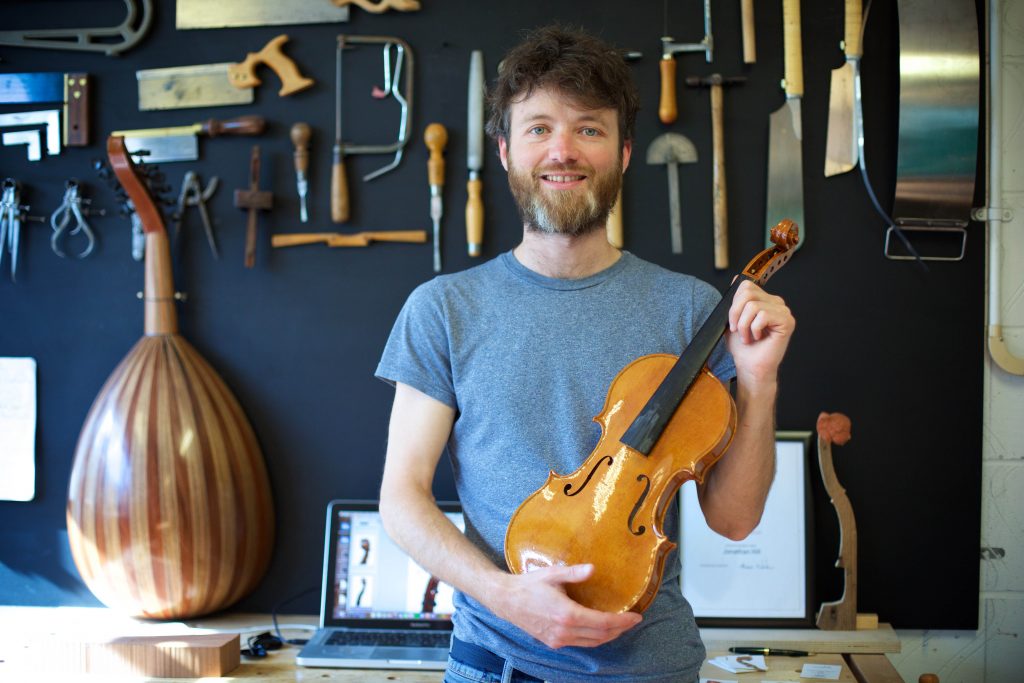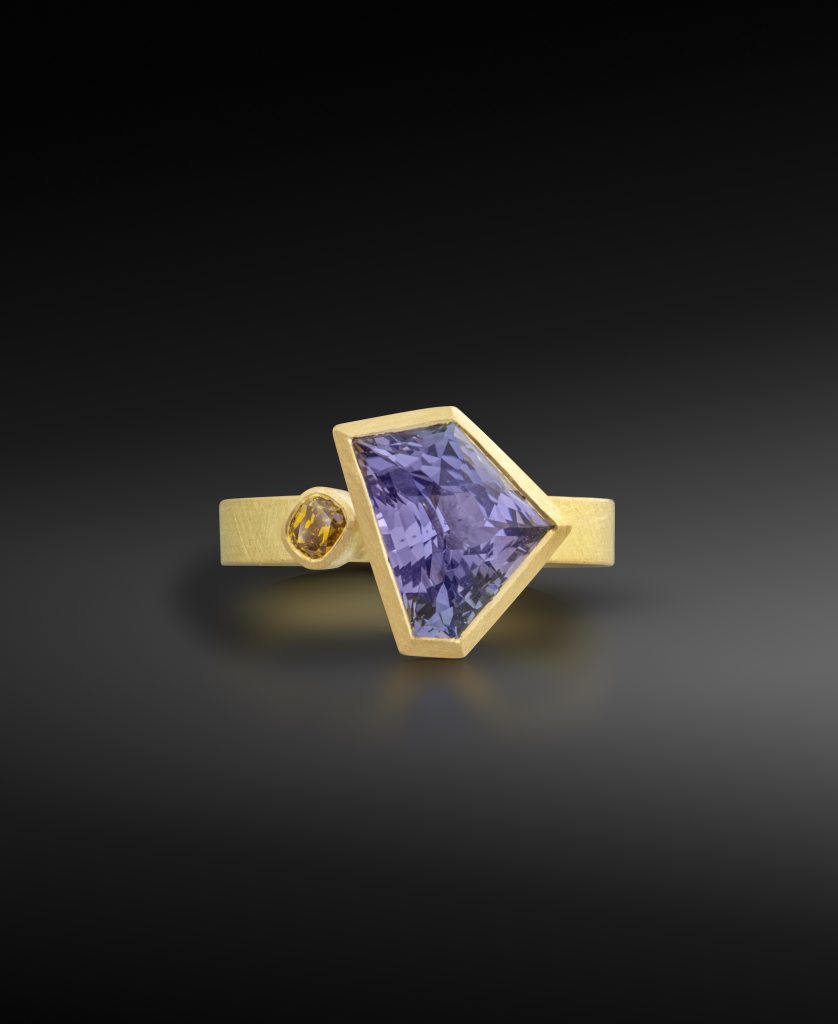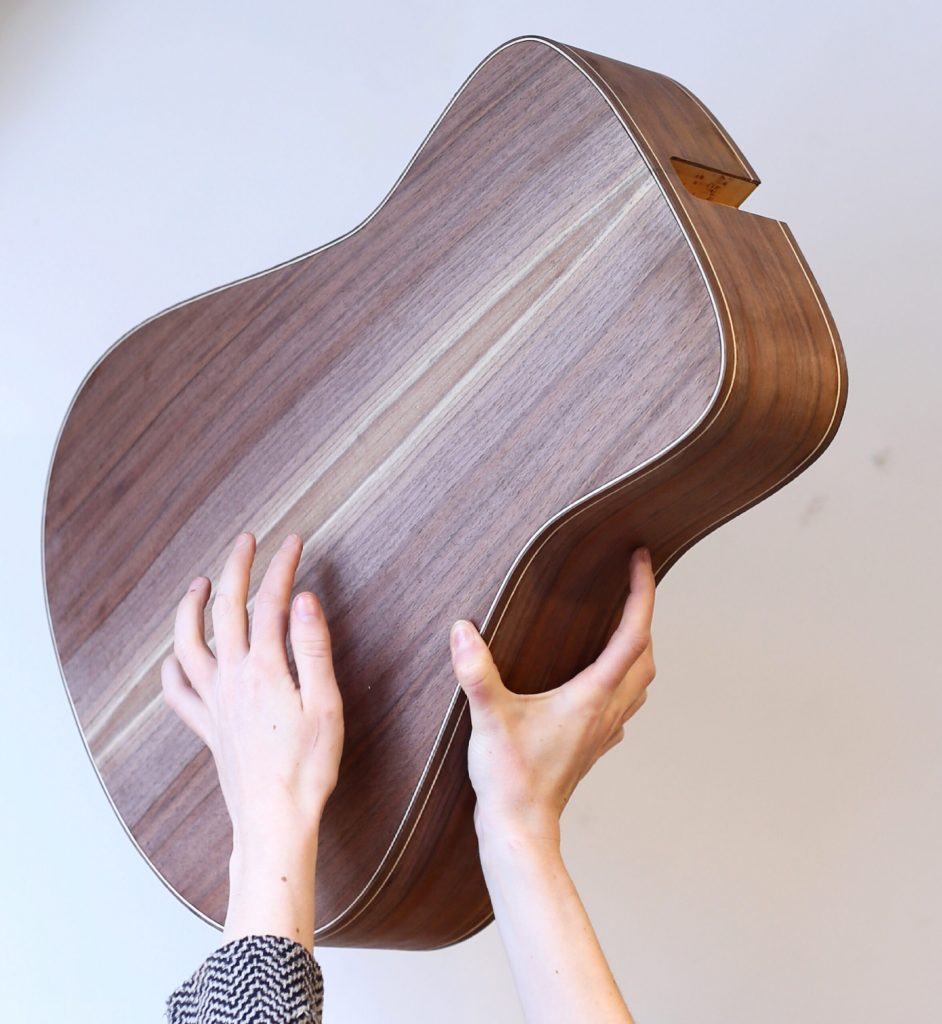At the heart of Homo Faber – Venice’s month-long celebration of contemporary craft – is a cabinet of curiosities filled with work by rising stars alongside master craftspeople devoted to passing on their skill to future generations. Entitled Next of Europe, it is a showstopping showcase. Jean Blanchaert’s curatorial eye brings harmony and coherence to what could have been cacophony and chaos. Eclectic in style, this selection of sculptural pieces speaks to the breadth and diversity of practice in Europe today.
Cockpit’s own rising stars are well represented, with Darren Appiagyei’s series of Banksia Vessels, Jacob Monk’s ikat artwork Pink Princess III, and Leah Jensen’s The Healing of Justinian – a white stoneware vase form intricately carved in Jensen’s unique pattern-mapping technique to reveal the hidden geometry of Renaissance paintings.
Taking over the island of San Giorgio, Homo Faber is epic in scale. Next of Europe is just one of 15 exhibitions showcasing 850 works by 400 designers and makers, representing 43 countries. It a bold assertion of the power of craft to shape our lives.


